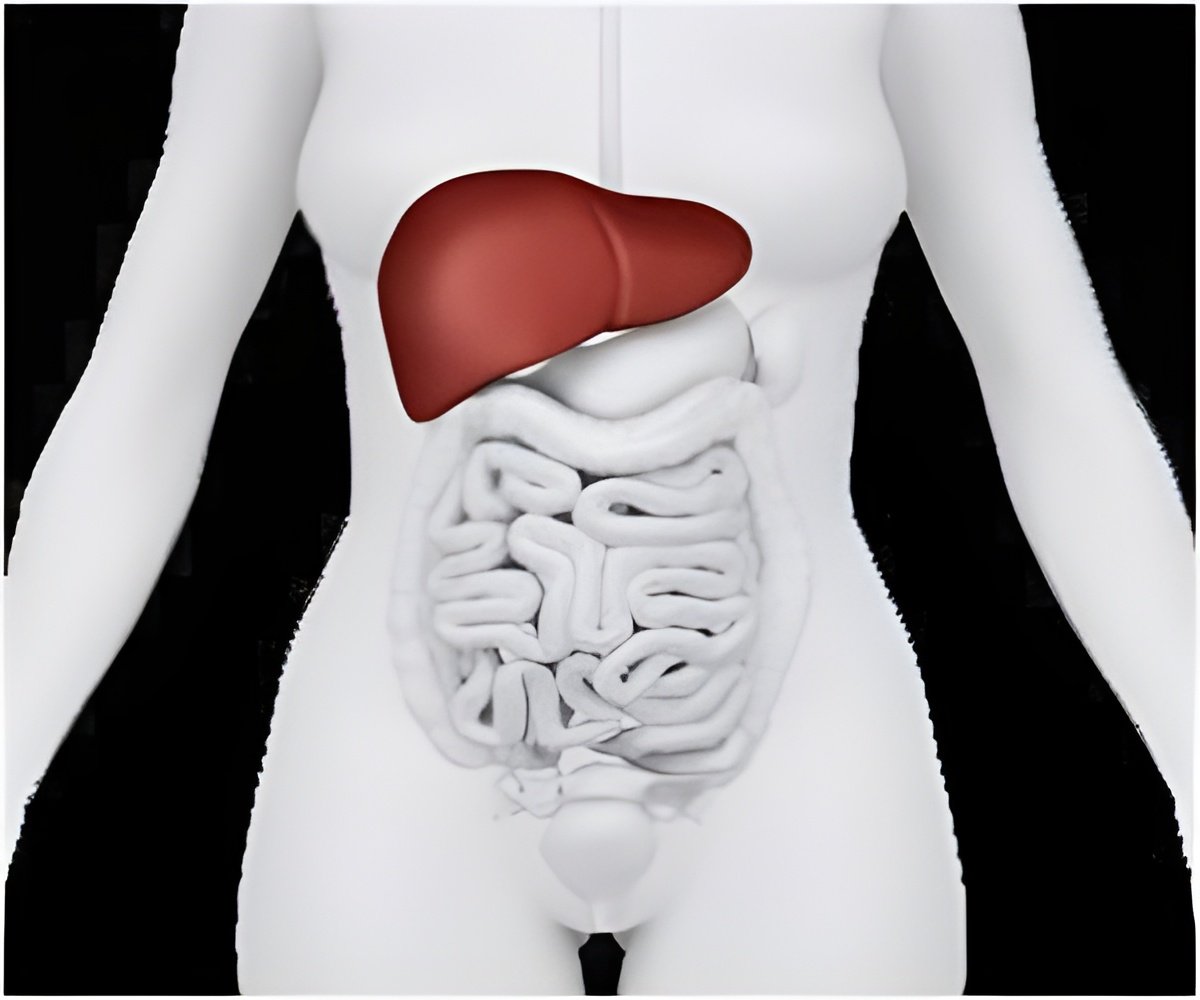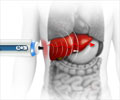
The EASL Clinical Practice Guidelines on Alcoholic Liver Disease, build on the issues raised at the Monothematic Conference on Alcoholic Liver Disease, held in Athens in 2010 and have been developed with three main aims. These are to:
- Provide physicians with clinical recommendations
- Emphasise the fact that alcohol can cause several liver diseases (steatosis, steatohepatitis, cirrhosis), all of which may coexist in the same patient
- Identify areas of interest for future research, including clinical trials
The guidelines cover the burden of ALD, management of alcohol abuse and dependence, pathogenesis, risk factors for disease progression, diagnosis, alcoholic hepatitis, alcoholic cirrhosis and liver transplantation. The Clinical Practice Guidelines will be published in August in EASL's Journal of Hepatology.
In addition, EASL has also published a revised CPG on the Management of Chronic Hepatitis B. This update incorporates changes to a number of areas including: new indications for liver biopsy and the treatment of HBeAg-negative patients; the recommendation for less frequent HBV DNA testing under ETV or TDF; and the provision of more detailed recommendations for specific sub-groups, particularly HBV and pregnancy and HBV and immunosuppression.
CPGs define the use of diagnostic, therapeutic and preventive modalities, including non-invasive and invasive procedures, in the management of patients with various liver diseases. They are intended to assist physicians and other healthcare providers, as well as patients and interested individuals, in the clinical decision making process by describing a range of generally accepted approaches for the diagnosis, treatment and prevention of specific liver diseases.
Advertisement















